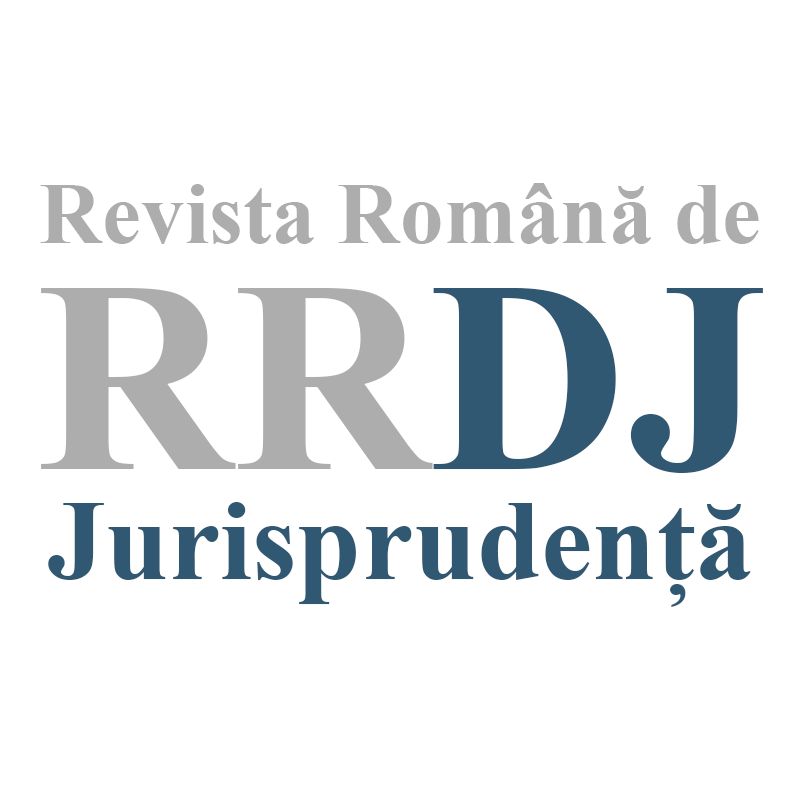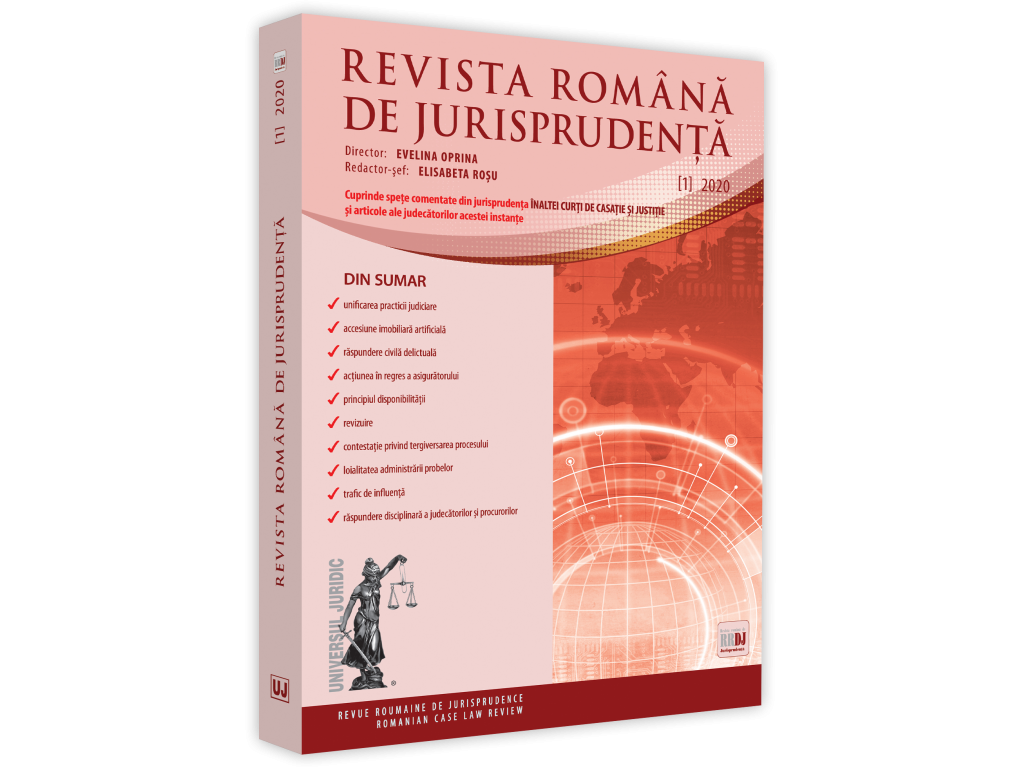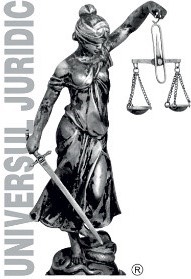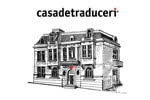Tort liability. Action for claims having as object damages for the dissemination of certain images recorded by the surveillance cameras mounted in a health care institution, without the patient’s consent. Non-property damage. Prejudice to privacy
DREPT CIVIL ŞI DREPT PROCESUAL CIVIL
Abstract
Since the tort civil liability may also be incurred for the lightest fault, and not only in the case of intentionally committing the offence, from the perspective of fulfilling the conditions of this type of liability, it is irrelevant that it was not the health care institution which would have provided to a third party, in its capacity as provider of media services, the records displaying images with the claimant in the hallway of the hospital, who was in a critical condition as a result of an aggression suffered, these images being collected by the surveillance cameras and subsequently posted on a video platform, since the hospital was liable for their legal and material watch. Considering the specific nature of these records, they could not be viewed by any unauthorized persons and more so, they could not be used for the purpose of dissemination in the public space or in the virtual environment, without the consent of the persons caught in pictures, since the hospital was liable for ensuring their integrity and confidentiality, as a legal entity responsible for the organization of the surveillance system, a conclusion which unequivocally results from the provisions of Article 74 letter g) of the Civil Code. A conduct within the meaning of Article 74 letter g) of the Civil Code could not represent a breach of rights to privacy and dignity of human being, if only it is allowed by the law. However, such a condition is not fulfilled, as such a conduct not only is it not allowed by the law, but it is explicitly forbidden under the provisions of the special law, namely under Article 25 of Law no. 46/2003.








